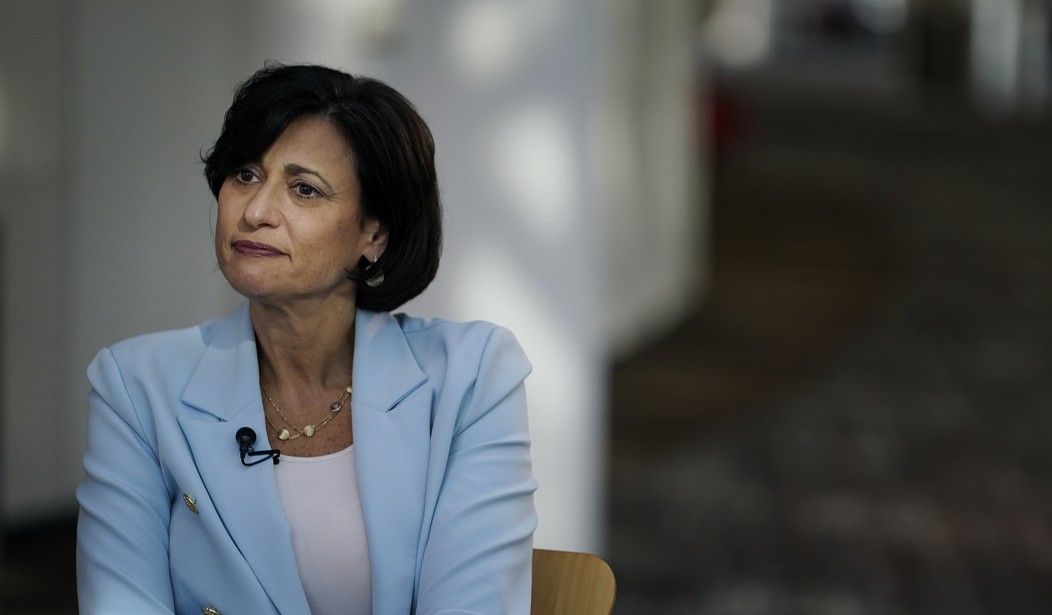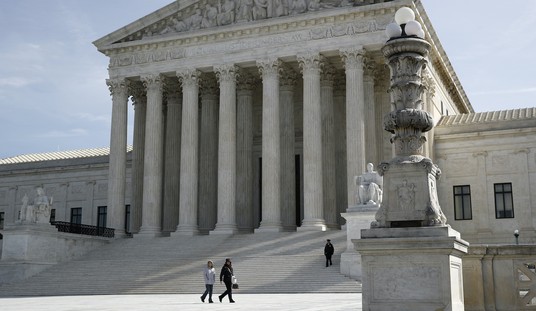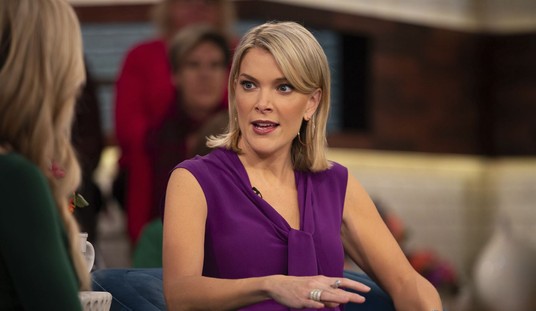Center for Disease Control Director Rochelle Walensky explained to CNN on Wednesday why the agency shorted the days of isolation for those who are recovering from COVID-19 from ten days to five days as places are experiencing worker shortages in part because COVID-19 cases are on the rise.
The change in isolation guidelines is for those who are asymptomatic recovering from the Omicron variant.
"We know the most amount of transmission occurs in those one to two days before you develop symptoms, the two to three days after you develop symptoms. If you map that out, the five days account for someone between 85% to 90% of all transmission that occurs. We really wanted to make sure that during the first five days you were spending in isolation, that’s where most of it occurs. Of course, there is this tail end period of time in the last five days where we are asking you to mask," Walensky said.
"So from what you're saying this it sounds like this decision had just as much to do with business as it did the science," Kaitlin Collins asked.
"It really had a lot to do with what we thought people would be able to tolerate. We have seen relatively low rates of isolation for all of this pandemic...We really want to make sure we have guidance in this moment where we were going to have a lot of disease that could be adhered to, that people were willing to adhere to, and that spoke to specifically when people were maximally infectious. It spoke to both behaviors as well what people are able to do," Walensky explained.
Recommended
“It really had a lot to do with what we thought people would be able to tolerate,” CDC Director Walensky says on why the CDC shortened the isolation period from 10 days to 5 days if you’re asymptomatic. Our full interview: pic.twitter.com/rO7blPFiPj
— Kaitlan Collins (@kaitlancollins) December 29, 2021

























Join the conversation as a VIP Member